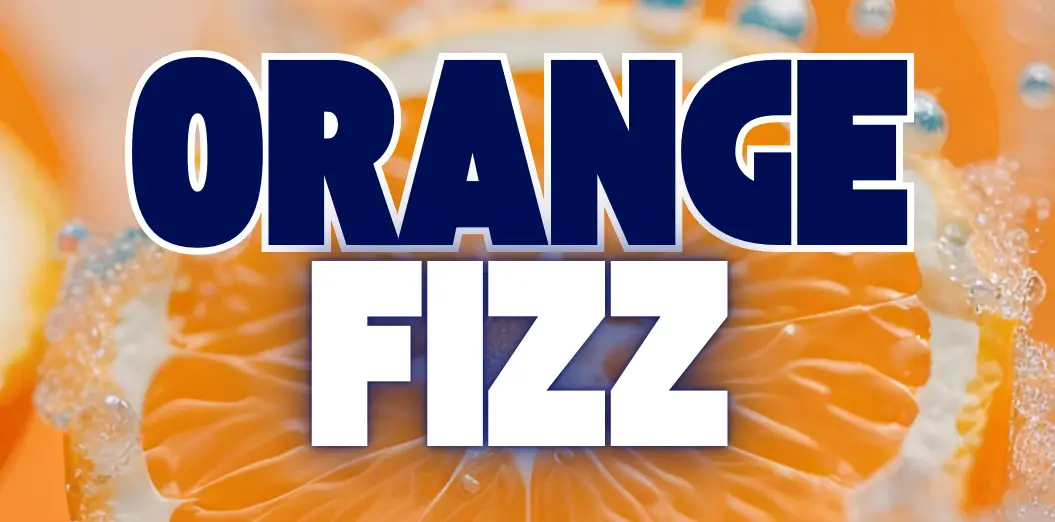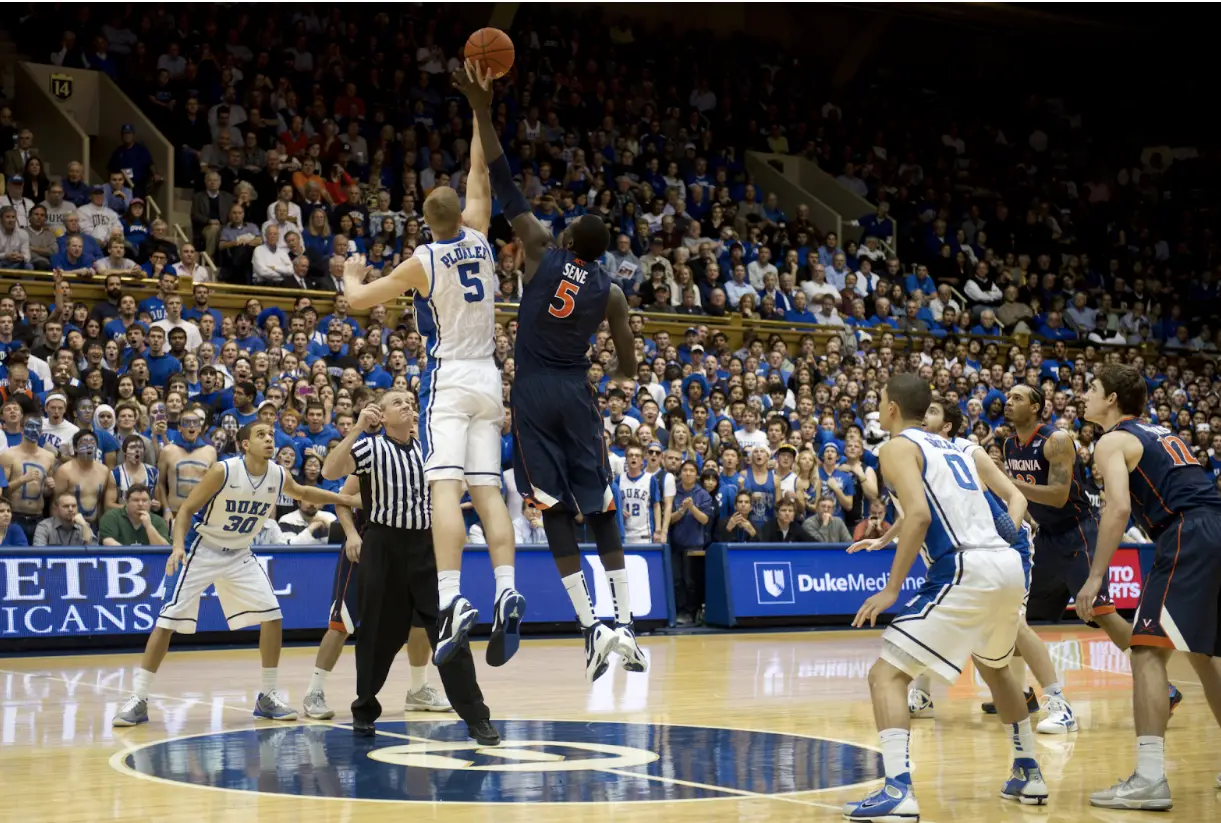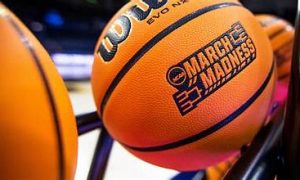College basketball is a significant sport in the United States, captivating millions of fans from the high school level up to the collegiate ranks. The passion, intensity, and level of competition in college basketball provide a unique spectacle deeply ingrained in American sports culture. This article will guide you through everything you need to know about college basketball, from its structure and governing bodies to its odds on crypto-friendly casinos for Aussie players.
The Structure of College Basketball: An Overview
Understanding the intricacies of college basketball begins with a comprehensive look at its organizational framework. The National Collegiate Athletic Association (NCAA), a pivotal entity responsible for overseeing the sport across various levels, is at the heart of this structure. This section examines the NCAA’s governance, historical background, core mission, and significant impact on shaping the landscape of college basketball.
A Closer Look at NCAA Governance
The NCAA plays a crucial role in the administration of college basketball, guiding the sport through a combination of regulatory policies, competitive standards, and educational values. Established to ensure fair play, student-athlete welfare, and the integrity of the sport, the NCAA’s influence extends across three primary divisions, each characterized by distinct criteria that influence the level of competition and the resources available to athletes and programs.
- Division I: Recognized for its high-profile competitions, Division I comprises the largest and most competitive schools. These institutions often have significant athletic budgets and offer numerous athletic scholarships. The NCAA Men’s and Women’s Basketball Tournaments highlight the division events that captivate the nation each spring.
- Division II: Balancing athletic competition with academic achievement; Division II schools provide a competitive environment focusing on student-athletes overall development. While offering athletic scholarships, these programs emphasize the student aspect of the student-athlete experience.
- Division III: Emphasizing the educational value of sports, Division III institutions do not offer athletic scholarships. Instead, the focus is on personal growth, academic excellence, and participation in athletics as an integral part of the educational experience.
The classification into these divisions is based on various factors, including the size of the school, the budget allocated to athletic programs, and the level of athletic scholarships provided. This structure ensures a level playing field where institutions compete against others with similar resources and priorities.
Key Events and Tournaments in College Basketball
At the core of this captivating sport are the key events and tournaments that define its essence, bringing together schools of all sizes in pursuit of glory. Among these, the NCAA Men’s and Women’s Basketball Tournaments, universally known as March Madness, stand out as the pinnacle of college basketball’s competitive calendar. But the road to this celebrated event is paved by the equally crucial conference tournaments, where teams vie for their spot in the national spotlight.
The Phenomenon of March Madness
The term “March Madness” originally referred to the Illinois High School Boys Basketball Championship but was popularized in the context of college basketball by CBS broadcaster Brent Musburger during the early 1980s. Since its inception in 1939 for men and 1981 for women, the NCAA Tournament has grown exponentially, both in size and national consciousness, evolving from a modest event into a national obsession.
March Madness is more than just a basketball tournament; it’s a cultural event that grips the nation every spring. This single-elimination frenzy begins mid-March and concludes in early April, featuring 68 men’s and 64 women’s teams in a battle for the national championship. The tournament’s unique charm lies in its unpredictability and the opportunity for underdog teams, or “Cinderella stories,” to run for the title, often upsetting higher-ranked squads and defying the odds.
The Prelude: Conference Tournaments
Before the national frenzy of March Madness, the college basketball landscape is dominated by conference tournaments. These events determine the champions of each conference and play a pivotal role in shaping the field for the NCAA Tournament. Each of the numerous conferences in Division I basketball hosts its tournament, typically in the week leading up to the selection of the NCAA Tournament field.
These tournaments offer teams a chance to secure automatic bids to March Madness, making them especially crucial for squads that might not otherwise qualify based on their regular-season performance. For many teams, winning their conference tournament is their only path to the national stage, adding a layer of intensity and desperation to these contests.
Recruiting and Scholarships in College Basketball
The journey to college basketball stardom begins long before the bright lights of March Madness, rooted deeply in the recruiting process and the pursuit of scholarships. This intricate dance between high school prospects, collegiate programs, and the governing rules of the NCAA forms the backbone of college basketball’s future.
The NCAA’s Guiding Hand
The National Collegiate Athletic Association (NCAA) sets strict guidelines for recruiting high school athletes to ensure fairness and integrity. These rules regulate contact between coaches and players, official and unofficial visits, and the timing and nature of scholarship offers. The intention is to maintain a level playing field among institutions and protect the interests of young athletes.
High School and AAU: The Crucibles of Talent
High school basketball, complemented by the Amateur Athletic Union (AAU), plays a pivotal role in player development. While high school teams emphasize teamwork and educational achievement, AAU basketball offers a more individual-focused showcase, pitting the best against the best in tournaments nationwide. This dual system has been instrumental in elevating raw talent into polished prospects ready for the collegiate stage.
The Scholarship Equation
Scholarships are the lifeblood of college basketball recruiting, offering athletes the chance to receive an education while competing at a high level. Division I programs can offer up to 13 scholarships for men’s basketball and 15 for women’s basketball, creating a competitive environment for securing the top talent. How these scholarships are allocated often depends on a program’s needs, the potential of the players, and the strategic vision of the coaching staff.
Recruiting Battles and Rankings
The battle for top recruits can be fierce, with high-profile programs vying for players who can change a team’s fortunes. Recruiting rankings, provided by services like ESPN, Rivals, and 247Sports, play a significant role in shaping perceptions of both players and programs. While these rankings offer a glimpse into a player’s potential, the test comes on the court, where stars can emerge from the unlikeliest places.
College Basketball and the NBA Draft
Many college basketball players dream of leaping to the NBA, a journey culminating in the annual NBA Draft. This event marks the transition of the best collegiate players to the professional ranks and highlights the symbiotic relationship between college basketball and the NBA.
The NBA Draft features two rounds, with a total of 60 selections. College players who have completed at least one year of eligibility are eligible to declare for the draft, alongside international players who meet age requirements. The draft order is determined by a lottery among the teams with the worst records from the previous season, aiming to balance competitive parity in the league.


















